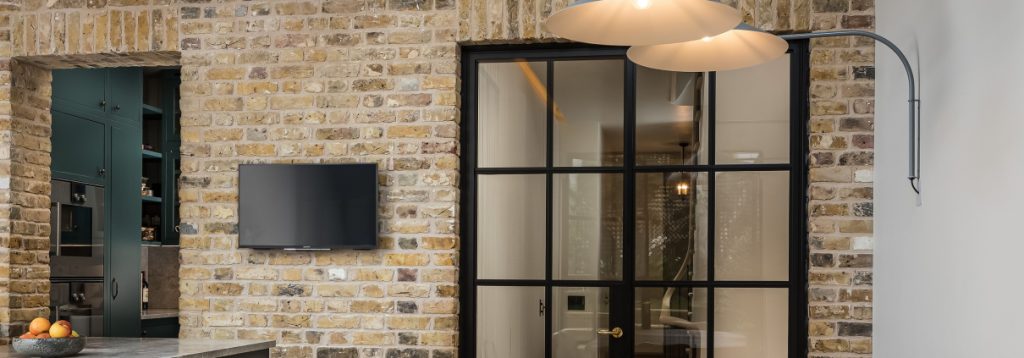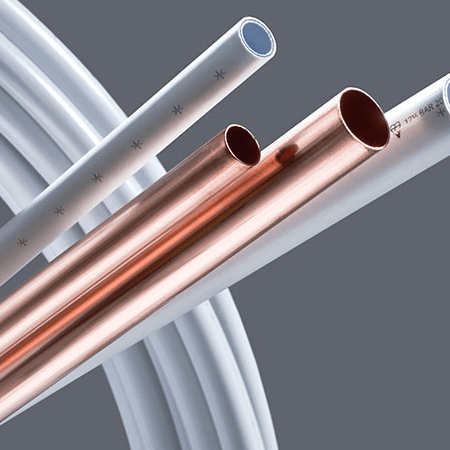Future Homes: The Impact on Bathroom Ventilation
Climate policy will have a transformational impact on the building trade in the coming years, starting more or less immediately. As part of its legal commitment to achieve net zero carbon emissions by 2050, the government has set its sights on significant reform in the construction industry.
Given that the built environment contributes around 40% of the UK’s total carbon footprint, that’s perfectly understandable. By 2025, all new build homes will be required to meet strict new energy efficiency standards, something the government consulted on this year.
As a prelude to the full role out of the Future Homes Standard, two important changes to building regulations for new dwellings will come into force at the end of 2020. These relate to Part L, which deals with the conservation of fuel and power, and Part F, which sets out rules for ventilation.
So far, much of the attention has focused on the changes to Part L and what it will mean for heating and HVAC systems in new build homes. But it is important that firms don’t overlook the new rules on ventilation.
You might be wondering, what has ventilation got to do with reducing carbon footprint? First and foremost, ventilation in homes is a health issue, and Part F is based on specifying minimum standards of air quality and the extraction of pollutants like mold spores, animal dander, VOCs and potentially dangerous gases like carbon monoxide.
However, in advance of the Future Homes consultation on Parts F and L, the government commissioned an air quality study to assess the practical impact the last revisions introduced in 2010 were having.
The findings were concerning. Just two out of 55 new build homes assessed that were combining natural trickle ventilation in windows throughout the home with intermittent extraction in bathrooms and kitchens met the guidance levels. Similarly, just one of 25 homes fitted with continuous mechanical extraction systems met the base levels.
In a number of cases, part of the issue was attributed to a failure to follow guidance on trickle fans, including not meeting minimum areas and having them installed in the same rooms as extractor fans, which is thought to impede overall air flow. But in other cases, inspectors found mechanical fans were failing to meet recommended flow rates, despite the 2010 regulations introducing a legal requirement for testing installed fans and reporting air flow rates to the building control body.
Tougher targets
The government isn’t looking to cut builders any slack on the back of these findings. In fact, the new amendments to Part F increase the minimum whole dwelling ventilation rates, and introduce a new requirement to calculate these on a per room basis.
This creates a new onus on improving the efficiency of extraction in the rooms where it is required most, such as bathrooms and kitchens. Mechanical extraction is already a requirement in these rooms in new build properties.
The obvious solution to making sure bathrooms meet the new per room background ventilation levels is to install bigger, more powerful fans. But these appliances must also meet the new stricter energy efficiency targets set out in Part J, which has the overall aim of reducing energy consumption in new build homes by 80%.
These dual demands set out in the new regs – to raise the bar on air flow and air quality while conforming with challenging energy consumption targets – means that the construction firms will need to give careful thought to bathroom ventilation going forward. It is likely that lower spec extraction fans will become redundant, and more will have to be invested in higher performance, more energy efficient models.
Of course, the building industry is dependent on the quality of ventilation products available on the market for meeting standards. This has been a bone of contention for years, with a combination of underperforming units and complex installation leading to well-documented issues with bathroom ventilation.
But recent innovations in extractor fan technology suggest we may be starting to see the tide turn. All-in-one installation systems that overcome the problems of needing long ducts to the soffit and ‘smart’ sensors that adjust ventilation rates in response to changes in humidity are just some of the developments that will help achieve the optimum balance of performance, longevity and energy efficiency needed to ensure compliance with the Future Homes regulations.
To find out more about designing bathroom in 2020 look to Aston Matthews.

















